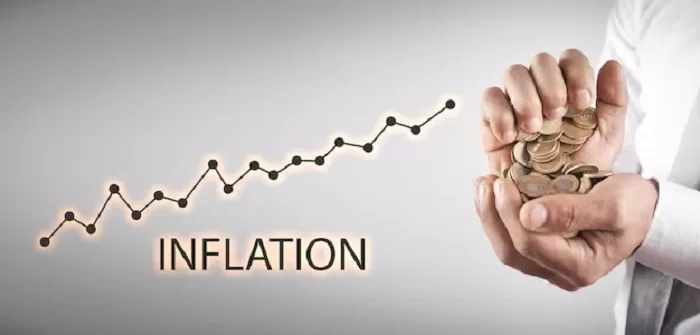Finance
US Inflation Hits Three-Year Low

- US inflation fell to 2.5% in August, the smallest rate since February 2021, owing primarily to lower petrol and used vehicle prices.
- The Federal Reserve is expected to start lowering interest rates soon, with a cautious 0.25 percentage point cut likely.
- Despite reducing inflation, rising housing costs and persistent service inflation continue to be a source of concern for economic stability.
Inflation in the United States fell further in August, providing relief to both consumers and policymakers. According to the most recent Bureau of Labour Statistics data, consumer prices increased by 2.5% over the previous year, the slowest growth since February 2021. This decrease from 2.9% in July was mostly due to lower petrol prices, used vehicles and trucks, despite an unexpected spike in housing costs.
With this latest data, there is rising confidence that the Federal Reserve will start decreasing interest rates as early as next week. Experts believe the central bank would opt for a cautious 0.25 percentage point drop, but a more large cut appears doubtful due to sustained inflation in certain industries, particularly housing.
Inflation has been a major issue in the current presidential campaign, as rising living costs continue to impact Americans. The economy is still recuperating from the pandemic, and while the most recent inflation data suggest progress, the situation remains complex. Essential household items, such as groceries, have stabilised, with prices being unchanged from July to August and rising by less than 1% in the last year. Petrol costs have also dropped, both monthly and by more than 10% compared with August 2023.
However, not all areas have received relief. Prices grew by 3.2% over the past year, excluding food and energy, which are notoriously volatile. The cost of airline tickets, vehicle insurance, and rent has continued to grow, keeping service inflation persistently high. Some analysts warn that the recent improvements in inflation numbers should not lead to overconfidence, since obstacles remain.
For the past two years, the Federal Reserve and other central banks have worked to keep inflation under control. Global inflation soared in 2021 due to pandemic-related supply chain disruptions and increased government spending. The situation worsened in 2022, when Russia’s invasion of Ukraine caused an increase in oil costs, which drove inflation even higher.
In June 2022, US inflation reached its peak of 9.1%, the highest level in four decades. Since then, a mix of interest rate hikes and other measures has helped push inflation closer to the Fed’s 2% target, which is deemed healthy for the economy. Despite this improvement, the future is still unknown. The Federal Reserve is expected to begin decreasing interest rates soon, but the timing and magnitude of any cuts remain uncertain.
Inflationary pressures continue to be felt by many Americans today. Jasmine Loeber, a 26-year-old stay-at-home parent from Pennsylvania, is one of many who have experienced financial hardship in recent years. She was so astonished by the soaring supermarket prices that she began sharing her experiences on social media. However, Jasmine has observed some relief in recent months, as supermarket prices have begun to fall, allowing her family to take their first vacation in three years. Despite these advancements, the exorbitant expense of housing remains a major problem for her.
As the November election approaches, economic topics such as inflation continue to dominate the discussion. While the latest data provide some hope, the overall view remains cautiously optimistic. The Federal Reserve’s future interest rate decisions will be critical in determining whether the US economy can have a “soft landing” and escape a recession.
The world will be watching attentively, as the Fed’s actions will have an impact not only on the United States but may also send tremors across global markets.




















































